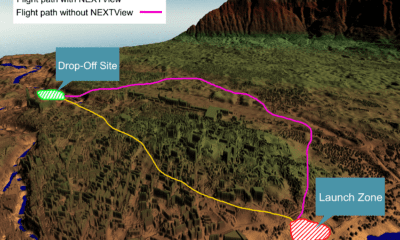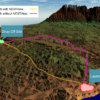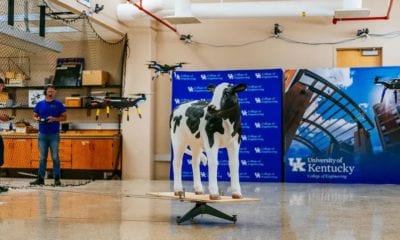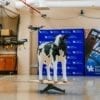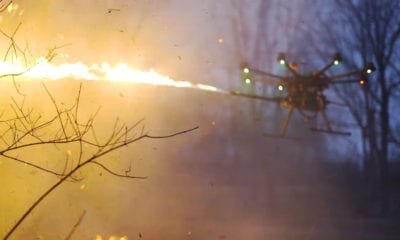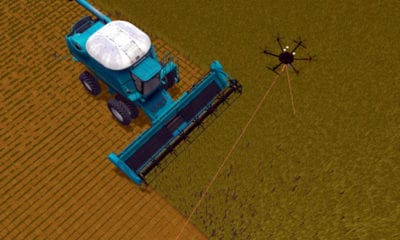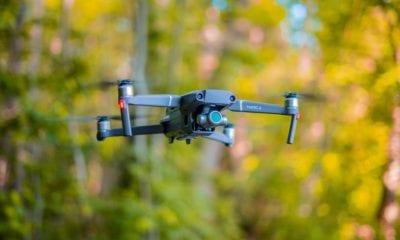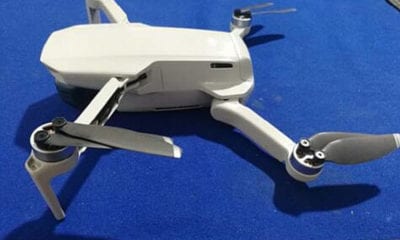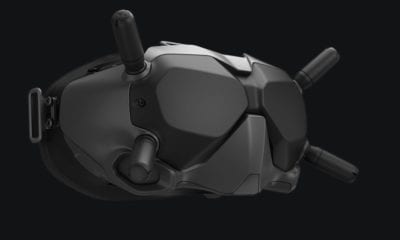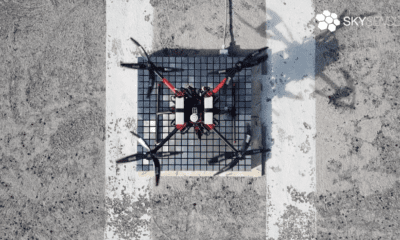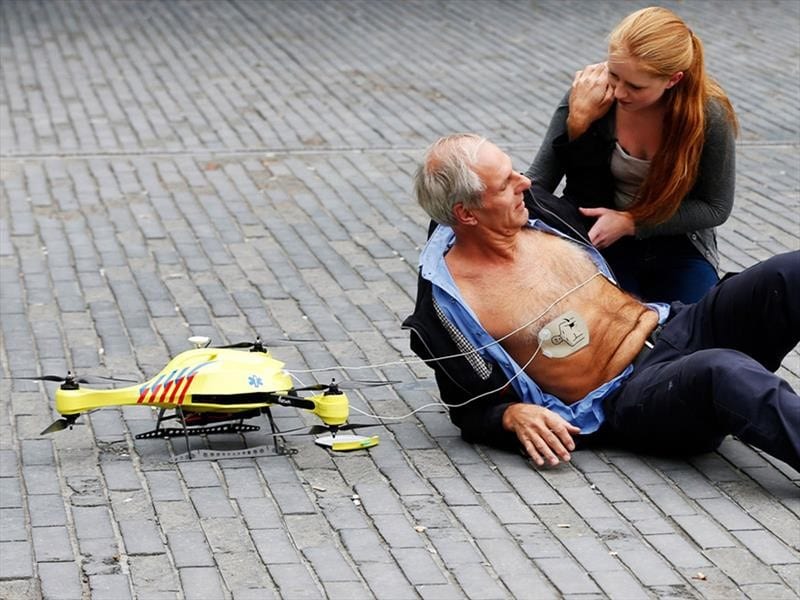
News
Ambulance Drones to Save the Day in Argentina
Ambulance Drones to Save the Day in Argentina
According to figures from the Ministry of Health, in Argentina a person dies every seven minutes due to heart disease. Most of the cases is because the medical assistance did not arrive on time, or was not received directly.
To reduce these numbers, a bill was introduced in the Santa Fe legislature called “Integrated Ambulance Drones System”, with the aim of allowing special use of unmanned aerial vehicles. The system would then to be integrated into the local Integrated System of Sanitary Emergencies, it was reported in Autocosmos.
The implementation of ambulance drones could revolutionise the traditional health system. For example, by carrying an automatic external defibrillator as a payload, the possibility of survival of a person suffering cardiac arrest could be increases from 8% to 80%.
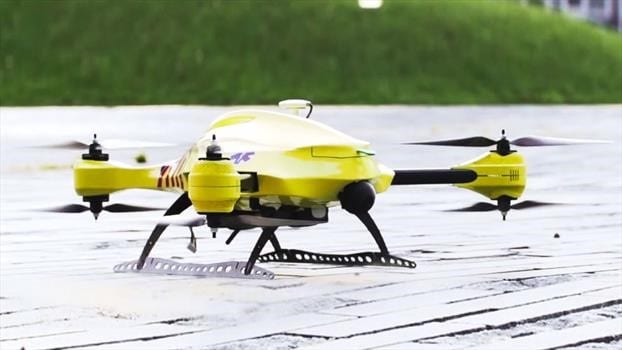
This example of an ambulance drone was developed by Belgian engineering graduate Alec Momont in 2014| Tu Delft
This is just one example of the use that could be given to it: in traffic accidents, natural catastrophes, fires, floods; drones can be the first to arrive to relatively inaccessible areas, making a first aid kit available. With the use of thermal cameras, they can also look for people in sub-optimal light conditions such as dusk or night.
The use of drones for assistance in emergencies is a practice that is growing progressively: the company Medivac developed them 3 years ago for private use in Argentina, and in the city of Rosario and surrounds, “rescue drones” or “lifeguards” operate on the northern coast as a complement to lifeguards. But as such, there is no state policy throughout the country regarding the use of drones in this manner.
Medical deliveries have been performed in both in other regions of South America and globally. WeRobotics tested the delivery of diagnostic tests, medications, and blood samples across hte Peruvian Amazon in July last year. In Switzerland, systems are being developed for the delivery of pathology samples by drone logistics solutions provider Matternet.
The project to implement the use of ambulance drones in Santa Fe has already jumped its first hurdle through the Senate, and is soon expected to be approved for regulation. A possible candidate for a drone with defibrillator payload was developed in 2014 by graduate student Alec Momont attending TU Delft’s Faculty of Industrial Design Engineering.

